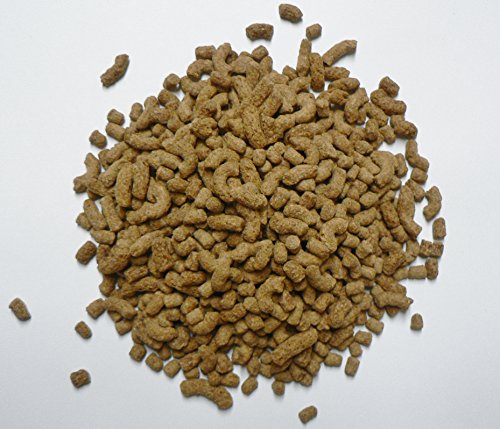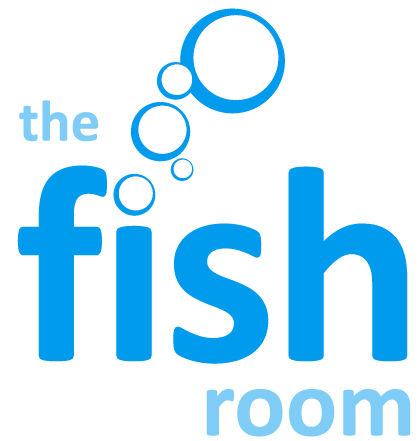All, Frequently Asked Questions
Pond water getting colder? The switch to Wheatgerm.

WHY SHOULD WE SWITCH TO FEEDING OUR FISH WHEATGERM FOOD?
Well, as the weather gets colder changes, you see lots of reminders (like this one!) to feed a different diet to your fish – a wheat germ based diet. Why?
What’s the difference?
Do fish experience changes in taste when the weather changes?
Okay, one at a time!
There is a valid reason for switching your fish from a protein based to a wheatgerm diet. It all focuses on their metabolism.
COLDER TEMPERATURES, SYSTEM START TO SLOW DOWN
All fish, including the koi or goldfish in your pond, are cold-blooded, their internal temperature varies with the ambient external temperature. So in winter when the pond water gets colder so does the body temperatures of your fish cool. With the reduction in body temperature comes a reduced need for nutrients.
A wheat germ based diet is specifically designed to transition your pond fish from eating a high protein, high energy diet which they enjoy throughout the warmer months to fuel their enhanced activity to their annual winter fast, when they enter into a torpor state, or period of metabolic inactivity.
Wheat germ diets, are extremely high in carbohydrate based nutrients, packed with natural vegetable proteins and are designed to provide your pond fish with the immune system boosting vitamins and minerals to get them through the winter (some even have Garlic added). They also require less energy to digest, so they’re perfect to ease the fish both into or out of the colder months.
WHEN DO I SWITCH TO WHEATGERM?
When the water temperature falls to around 10° C , start to feed your fish a mixture of a wheat germ and protein-based food and gradually increase the wheat germ (and decreasing the protein-based food) until you’re feeding 100 percent of the wheat germ-based food.
This method not only slowly scales down the protein and active waste going into the pond, it also weans your fish off the protein rich diet. If you switch “overnight”, the chances are they just won’t eat it, as they’ve been used to the protein rich diet all summer!
In the spring, start feeding the wheat germ-based diet once again and as the temperatures warm, begin adding small amounts of the protein-based food. until you’ve switched completely back over to the protein diet.
When you help your pond fish through the temperature transitions and provide them with the right types of nutrients to support their health, you’ll be rewarded with active and colourful specimens with strong immune systems that can fight parasites and viruses that show up in the spring.

